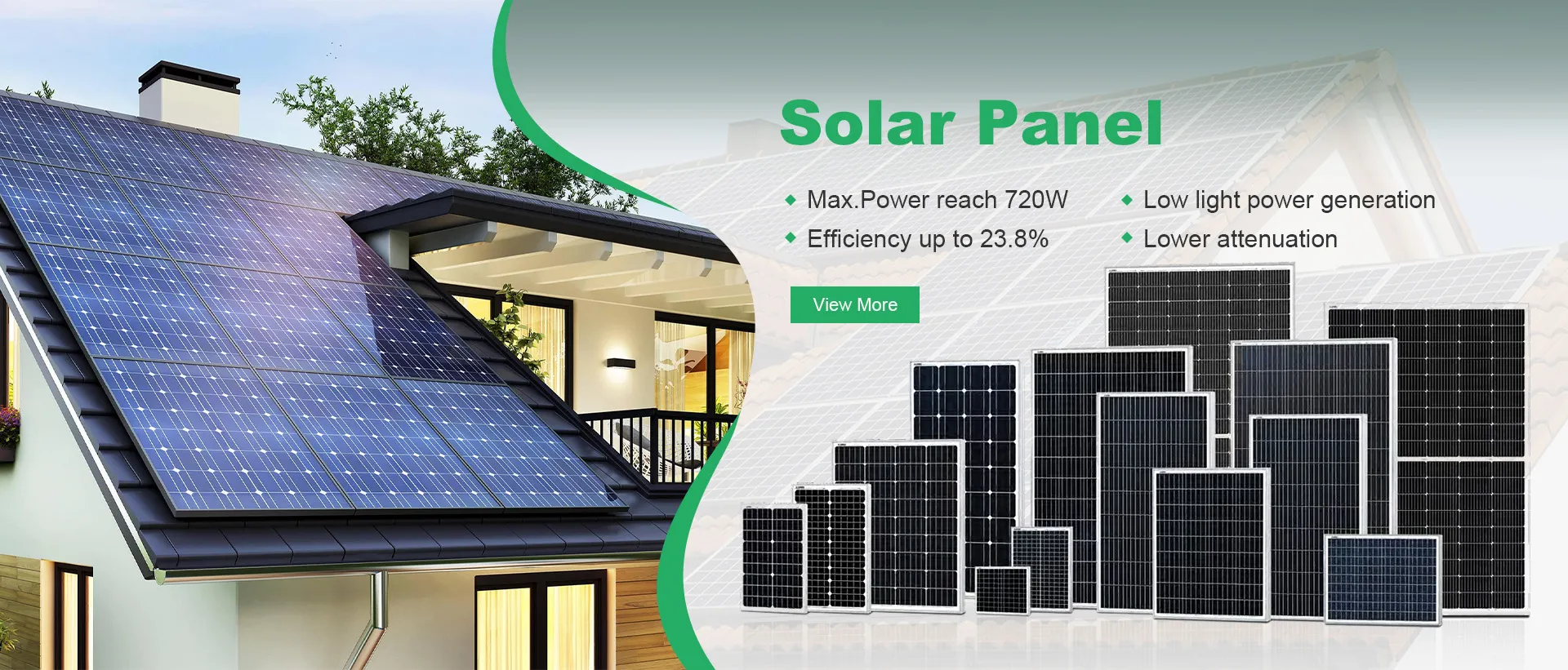Understanding the Dimensions of Monocrystalline Solar Panels for Efficient Energy Generation
Understanding Monocrystalline Solar Panel Sizes and Their Impact on Energy Efficiency
As the world shifts toward sustainable energy solutions, solar power has emerged as a leading alternative. Among the various types of solar panels, monocrystalline solar panels are gaining tremendous popularity due to their efficiency and aesthetic appeal. However, when considering monocrystalline solar panels, one crucial factor often overlooked is the size of the panels. This article aims to explore the significance of monocrystalline solar panel sizes, their impact on energy output, and how homeowners can make informed decisions regarding them.
What are Monocrystalline Solar Panels?
Monocrystalline solar panels are manufactured from a single continuous crystal structure, typically silicon. This production method results in panels that are highly efficient at converting sunlight into electricity, often exceeding 20% efficiency rates. Their sleek black appearance, due to the uniform silicon cells, offers a modern look that many homeowners prefer. However, despite their high efficiency, the size of these panels can significantly affect their performance and installation flexibility.
Standard Sizes of Monocrystalline Solar Panels
Most monocrystalline solar panels have standard dimensions, usually measuring around 65 inches by 39 inches (approximately 1.65m x 1m) and having a power output ranging from 260 to 400 watts per panel. However, there can be variations in size depending on the manufacturer and the specific model. Larger panels typically produce more electricity, which can be advantageous for reducing the number of panels needed for a given energy requirement. For instance, a larger panel can yield more power, minimizing the space needed on rooftops or installation grounds.
Impact of Panel Size on Energy Efficiency
The size of a monocrystalline solar panel directly correlates with the amount of energy it can generate. Larger panels can gather more sunlight, thus producing more electricity, particularly in areas with ample sunlight exposure. This characteristic makes larger panels ideal for households with high energy demands or spaces that receive constant sun exposure.
Moreover, while efficiency ratings are an essential factor, the physical size also affects the installation process. Smaller panels may offer more flexibility in installation, particularly on rooftops with limited space or odd shapes. This adaptability allows homeowners to maximize energy production, even in challenging installation environments.
monocrystalline solar panel size

Considerations for Homeowners
When choosing monocrystalline solar panels, homeowners should consider several factors beyond just their size
1. Available Roof Space Before selecting panel sizes, homeowners should assess their roofs' available space. A larger panel might be more efficient, but if space is limited, smaller panels may provide greater flexibility in arrangement.
2. Energy Needs Understanding one’s energy consumption is critical. Energy bills can fluctuate seasonally; thus, assessing average monthly consumption can help determine how many panels are necessary and which size fits best.
3. Aesthetic Preferences The appearance of solar panels may concern some homeowners. Smaller panels may be easier to blend with existing architecture, while larger panels can create a uniform look.
4. Budget Larger monocrystalline panels generally have a higher initial cost, but they can offset that expense over time through reduced electricity bills. It's crucial to analyze the cost versus benefits before making a final decision.
Conclusion
Monocrystalline solar panel sizes play a crucial role in the efficiency and effectiveness of home solar energy systems. By understanding the implications of panel size on energy output, aesthetics, and installation, homeowners can make informed choices that align with their energy needs, budget, and space limitations. As the demand for renewable energy continues to rise, selecting the right solar panel size will be pivotal in maximizing energy production and contributing to a sustainable future. Therefore, spending time to research and understanding these elements will not only provide immediate benefits but also lead to long-term energy savings and environmental impact.
-
Unlocking Energy Freedom with the Off Grid Solar InverterNewsJun.06,2025
-
Unlock More Solar Power with a High-Efficiency Bifacial Solar PanelNewsJun.06,2025
-
Power Your Future with High-Efficiency Monocrystalline Solar PanelsNewsJun.06,2025
-
Next-Gen Solar Power Starts with Micro Solar InvertersNewsJun.06,2025
-
Harnessing Peak Efficiency with the On Grid Solar InverterNewsJun.06,2025
-
Discover Unmatched Efficiency with the Latest String Solar InverterNewsJun.06,2025







